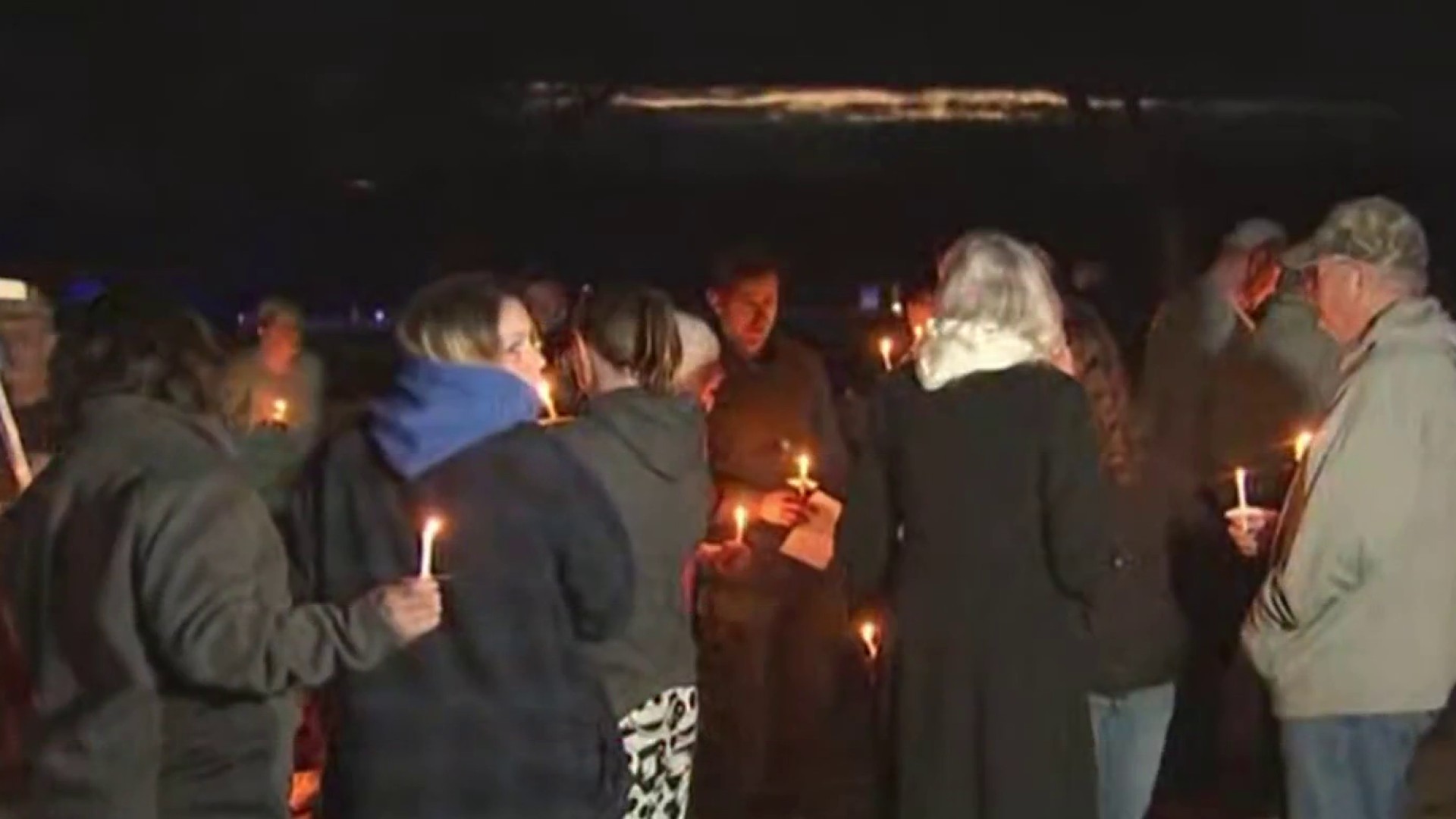Some landowners in an area just north of Interstate 66 want to sell their properties to data center developers, but the area is part of western Prince William’s so-called “rural crescent” and is protected from development.
To visitors at the Manassas National Battlefield Park or drivers along Pageland Lane, the scenery is pastoral — horse farms, fields, open space.
A little deeper into the properties on one side of the road there are high-voltage transmission lines constructed about a decade ago.
“Transmission lines have ruined the ruralness,” said Mary Ann Ghadban. “They’ve ruined the property values for everybody here.”
We've got the news you need to know to start your day. Sign up for the First & 4Most morning newsletter — delivered to your inbox daily. Sign up here.
Ghadban is leading the residents who are pushing the county to lift the rural crescent protections and allow development. They say the power lines make it the perfect spot for data centers and they say Prince William County desperately needs a more robust commercial tax base.
“This is just a win-win,” Ghadban said. “It’s a win-win for the landowners, for the county and for our citizens.”
On the other side of the road, Dori Burner runs a polo horse facility. She views a data center alley as a potential environmental risk and fears it will destroy an historic area where Civil War battles were once fought.
Local
Washington, D.C., Maryland and Virginia local news, events and information
“My gut feeling is this is incredibly bad for this community,” Burner said. “I still think that this area is worth saving.”
Prince William County Supervisor Pete Candland (R), who lives nearby, said he’ll fight to keep the zoning protections in place.
“The question comes down to at what cost. At what cost are we willing to go for the easy dollar of the data center industry and give up our natural and historic resources,” he said.
But Candland was on the losing end of a vote this week. The county will hire a consultant to look at expanding areas where data centers can locate.
The study authorized by the Board of Supervisors will take six-to-nine months or longer before the next step in the process can begin.



